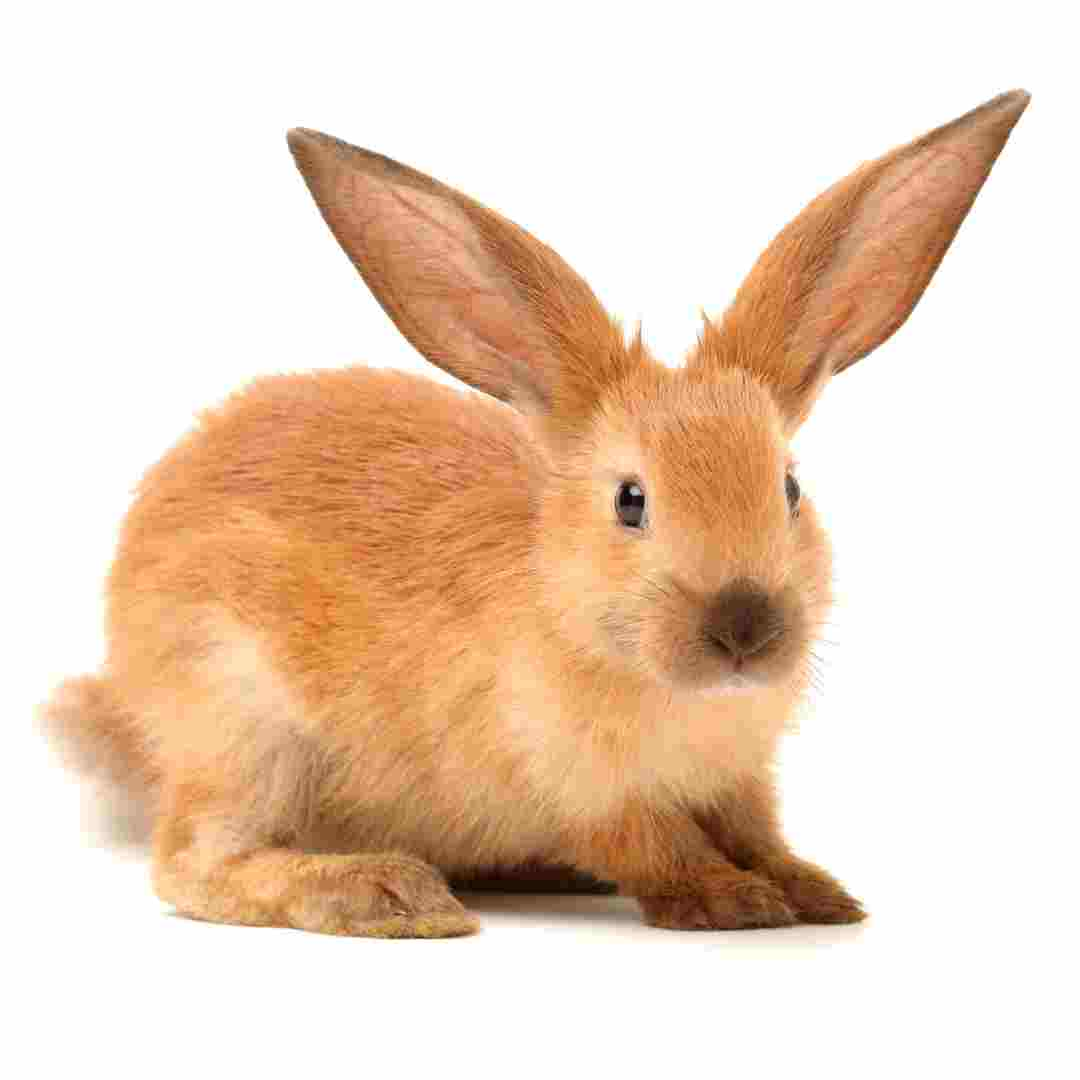Rabbit vs. Cat Allergies
Cat and rabbit allergies are widespread, but there are key differences. Understanding the variations between cat and rabbit allergies helps manage them.
Cat saliva, urine, and dander contain Fel d 1, the most common allergen. Lep d 1, a protein in rabbit saliva, urine, and fur, causes allergies.
Cat and rabbit allergy symptoms are similar but distinct. Cat allergies induce sneezing, coughing, itchy eyes, and runny noses. Rabbit allergies also cause hives and rashes.
Cat and rabbit allergy therapy differs. Cat allergies are best treated by avoiding cats and cleaning up cat dander. Rabbit allergies are best treated by avoiding rabbits and cleaning up rabbit fur.
Cat and rabbit allergies are common, yet they differ in crucial ways. Understanding the variations between cat and rabbit allergies helps manage them.
Rabbit and Cat Allergy Signs
Rabbit and cat allergies are prevalent and can cause several symptoms. Rabbit or cat allergy symptoms can help you decide if you need medical assistance.
Rabbit Allergies
Rabbit allergies typically include sneezing, coughing, wheezing, and irritated eyes, nose, and throat. A runny nose, congestion, and watery eyes are further symptoms. Hives, chest tightness, and trouble breathing may occur in severe cases.
Cat Allergies
Sneezing, coughing, wheezing, and itching eyes, nose, and throat are the most frequent cat allergy symptoms. A runny nose, congestion, and watery eyes are further symptoms. Hives, chest tightness, and trouble breathing may occur in severe cases.
Medical Care
After touching a rabbit or cat, get medical assistance if you have any of the above symptoms. Doctors can diagnose and treat allergies. If you have severe symptoms like trouble breathing or chest pressure, seek medical treatment immediately.
Rabbit and Cat Allergies: Causes
Common cat and rabbit allergies can produce mild to severe symptoms. Understanding these allergies' causes might help patients manage their symptoms and avoid allergens.
Cat saliva, urine, and dander proteins trigger allergies. Allergic people can inhale Fel d 1 proteins when cats groom. Cat allergies can include sneezing, coughing, itchy eyes, and runny noses.
Rabbit saliva, urine, and dander proteins induce allergies. Allergy sufferers can inhale Leporin proteins when rabbits groom themselves. Rabbit allergies can cause sneezing, coughing, itchy eyes, and runny noses.
Cat and rabbit allergy sufferers should avoid cats and rabbits and keep their houses clean and pet-hair-free to prevent allergen exposure. Vacuuming and air purifiers minimize allergies. Severe allergy sufferers may need to take medicine or wear a mask around cats or bunnies.
Understanding cat and rabbit allergy causes helps people avoid allergen exposure and manage symptoms.
Rabbit and Cat Allergies: Treatment Options?
Managing cat and rabbit allergies is tricky. Sneezing, coughing, wheezing, itching eyes, and skin rashes might be minor to severe. Luckily, there are several allergy therapies.
Cat and rabbit allergy treatment begins with allergen identification. Skin or blood testing can do this. Reduce allergen exposure after identification. Air purifiers, vacuuming, and excluding pets may help.
Cat and rabbit allergy medications are available. Corticosteroids diminish inflammation, while antihistamines reduce allergy symptoms. Immunotherapy may help. To create tolerance, modest doses of the allergen are injected over time.
Finally, lifestyle adjustments can aid cat and rabbit allergies. Avoid dust, pollen, and smoke, and wear a mask around the pet. Keep the house clean and pet-dander-free.
These techniques can minimize cat and rabbit allergy symptoms. With the correct treatment, you can live comfortably and symptom-free.

Allergy Tips: Rabbit and Cat Allergies
Rabbit and cat allergies are difficult to manage. These creatures can induce sneezing, coughing, irritated eyes, and rashes. Allergy patients can decrease allergen exposure and control symptoms.
Find the allergens to manage rabbit and cat allergies. Rabbit and cat saliva, urine, and dander include allergens. Most allergies derive from animal dander, which can become airborne.
After identifying allergens, restrict exposure. Keep the animals outside or in a closed room. Clean and groomed animals reduce airborne dander. Vacuuming and dusting regularly reduce allergies.
Allergic rabbit and cat owners should reduce airborne allergens. Air purifiers, HEPA filters on air conditioners, and furniture and bedding covers are examples. Regularly washing bedding and clothing reduces allergies in the home.
Finally, allergic symptoms should be mitigated. Avoid dust and pollen, use nasal sprays, and take antihistamines. If symptoms increase, see a doctor.
Follow these methods to decrease allergen exposure and manage rabbit and cat allergies. With proper safeguards, these animals can coexist in the home.